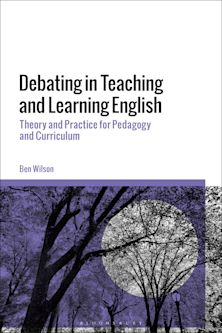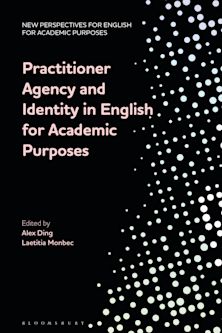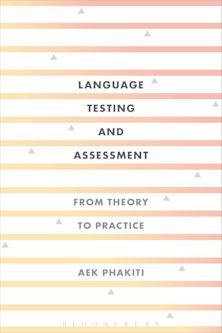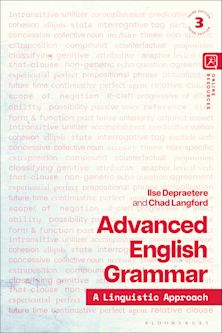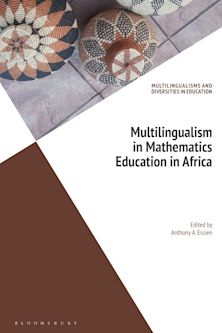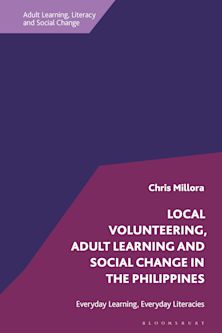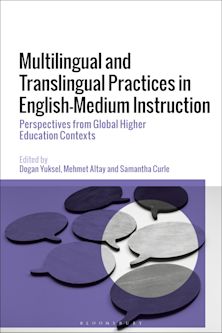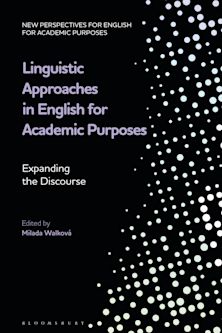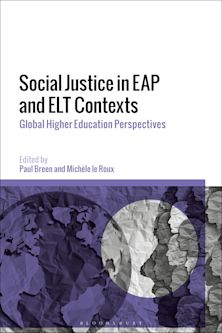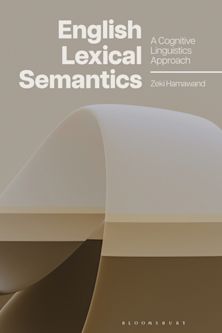- Home
- ACADEMIC
- Linguistics
- Language and Education
- Assessment in the Language Classroom
Assessment in the Language Classroom
Teachers Supporting Student Learning
- Textbook
Assessment in the Language Classroom
Teachers Supporting Student Learning
- Textbook
This product is usually dispatched within 10-14 days
- Delivery and returns info
-
Free UK delivery on orders £30 or over
Inspection copy added to basket
This title is available for inspection copy requests
Choose your preferred format. EU customers: we regret we cannot currently supply print inspection copies via the website but ebooks are available.
Please note ebook inspection copies are fulfilled by VitalSource™.
You must sign in to add this item to your wishlist. Please sign in or create an account
Description
This book makes a unique contribution to classroom assessment literature, linking teacher-friendly examples to scholarly work and current research in the field, and providing comprehensive, hands-on information on core concepts in accessible terms. Examples of real activities and questions for reflection and discussion aim to enrich understanding.
Table of Contents
2. What do we assess?
3. How do we assess?
4. How do we develop a high quality classroom test?
5. Who are we assessing? Placement, needs analysis, and diagostics
6. Who are we assessing? Feedback and motivation
7. When we assess, how can we use assessment to move forward?
Product details
| Published | 25 Jan 2017 |
|---|---|
| Format | Paperback |
| Edition | 1st |
| Extent | 200 |
| ISBN | 9781137464835 |
| Imprint | Red Globe Press |
| Illustrations | 120 bw illus |
| Dimensions | 0 x 0 mm |
| Series | Applied Linguistics for the Language Classroom |
| Publisher | Bloomsbury Publishing |
About the contributors
Reviews
-
This book is an excellent resource for language teachers and teacher educators. The foregrounding of the learner and explicit engagement with feedback and motivation in language learning and assessment set it apart from other introductory texts on language assessment. It could function as a stand-alone professional development resource for groups of language teachers who have formed a community of practice and would also be extremely effective for use in language teacher education courses.
Lyn May, Papers in Language Testing and Assessment, Vol. 7 (1)

















